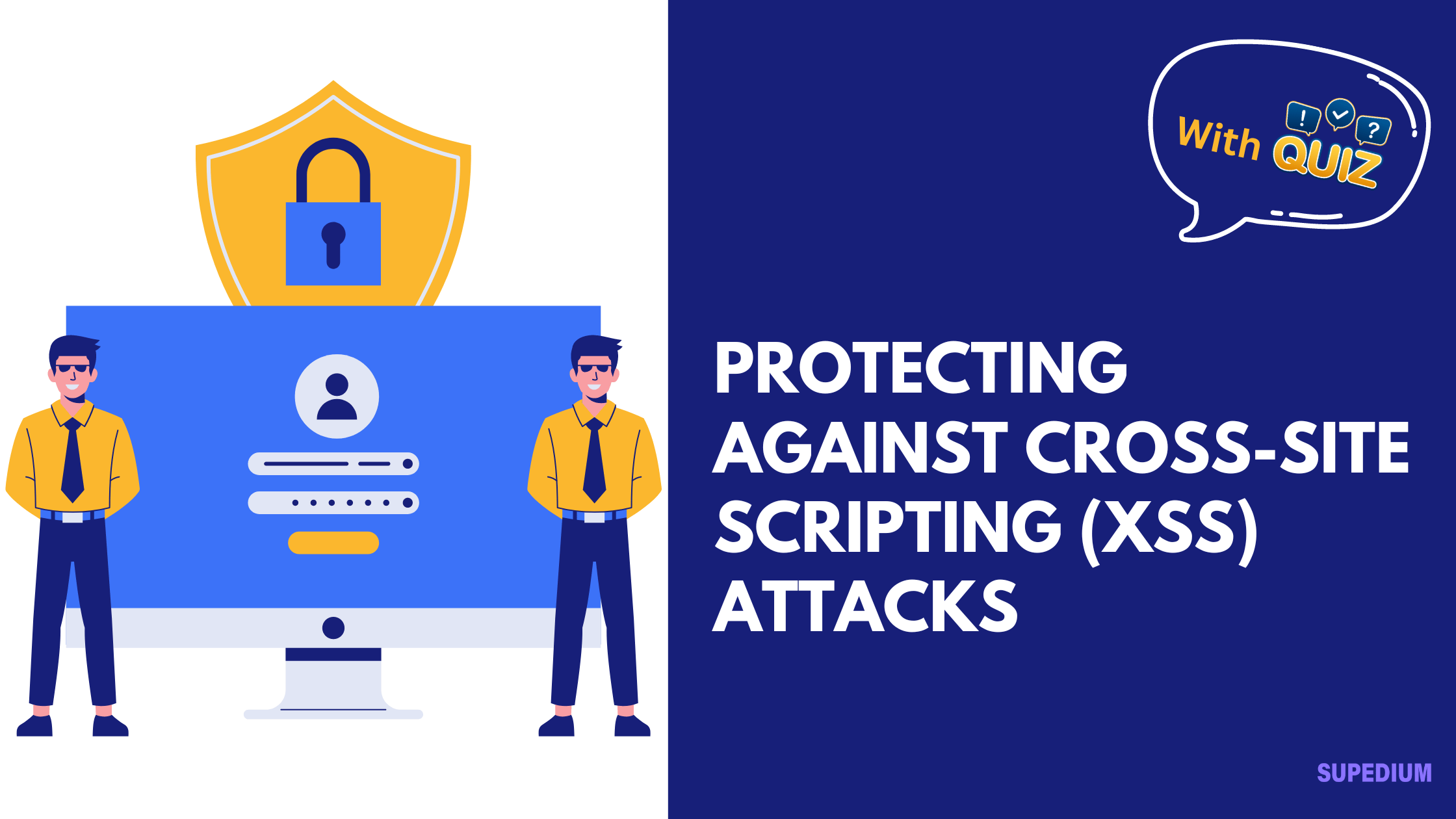Table of Contents
![]()
I. Introduction
Definition of XSS
Cross-Site Scripting (XSS) is a security vulnerability commonly found in web applications. It allows attackers to inject malicious scripts into content that is served to users. When these scripts are executed in the browser of an unsuspecting user, they can manipulate the user’s session, steal sensitive information, or even spread malware.
Importance of Addressing XSS Vulnerabilities
Addressing XSS vulnerabilities is crucial for maintaining user trust and safeguarding sensitive data. Organizations that fail to protect against these attacks risk severe consequences, including data breaches and reputational damage.
II. Types of XSS Attacks
A. Stored XSS
Stored XSS occurs when malicious scripts are permanently stored on the target server (e.g., in a database). For example, a user might post a comment containing a script that executes when other users view the comment. This type of XSS is particularly dangerous as it can affect multiple users without them directly interacting with the malicious content.
B. Reflected XSS
Reflected XSS is characterized by the immediate reflection of a malicious script back to the user through a URL. For instance, an attacker might craft a link that contains a script. When the victim clicks the link, the script executes in their browser. This form of XSS typically requires social engineering tactics to lure victims.
C. DOM-based XSS
DOM-based XSS exploits vulnerabilities in the client-side code of a web application. It occurs when the script manipulates the Document Object Model (DOM) of the page, allowing an attacker to execute scripts without needing to send them to the server. This type can be particularly insidious, as it often bypasses traditional server-side defenses.
III. Understanding XSS Vulnerabilities
A. How XSS Vulnerabilities Arise
XSS vulnerabilities primarily arise from insufficient input validation and output encoding. When user input is not properly validated, malicious content can be accepted and processed by the server or rendered in a web page.
B. Common Sources of XSS
- User-generated content: Comment sections, forums, and other interactive platforms can be prime targets for XSS attacks if user input is not sanitized.
- URL parameters: Attackers can craft URLs with malicious scripts that are reflected back to users.
- Third-party scripts: Including external libraries and APIs without proper scrutiny can introduce vulnerabilities.
IV. Strategies for Protecting Against XSS
A. Input Validation
Validating user input is the first line of defense against XSS. Implement strict validation rules to ensure that only expected input is processed. Techniques such as whitelisting (allowing only known good input) can help mitigate risks.
B. Output Encoding
Output encoding transforms user input into a safe format before rendering it in a web page. Different encoding strategies should be applied depending on the context:
- HTML encoding: Converts characters like
<and>to their HTML entity equivalents (<and>). - JavaScript encoding: Ensures that input is treated as data, not executable code.
- URL encoding: Encodes special characters in URLs to prevent script injection.
C. Content Security Policy (CSP)
A Content Security Policy is a powerful tool for preventing XSS. CSP allows developers to specify which sources of content are trusted. By implementing CSP, web applications can restrict the execution of scripts from untrusted sources, effectively reducing the risk of XSS attacks.
D. Frameworks and Libraries
Utilizing secure frameworks and libraries can streamline the process of preventing XSS. Tools like DOMPurify can sanitize HTML and prevent the execution of malicious scripts, making it easier for developers to secure their applications.
E. Security Headers
Implementing appropriate security headers is vital:
- X-XSS-Protection: This header enables the browser’s built-in XSS protection mechanisms.
- X-Content-Type-Options: Prevents browsers from interpreting files as a different MIME type.
- Other relevant headers: Such as
Strict-Transport-Securityto enforce HTTPS.
V. Best Practices for Development
A. Secure Coding Practices
Adopting secure coding practices can greatly reduce the likelihood of XSS vulnerabilities. Avoid using inline scripts, as they are more easily exploited. Developers should also adhere to secure coding guidelines such as those outlined in the OWASP Top Ten.
B. Regular Security Audits and Testing
Conducting regular security audits and testing is essential for identifying and mitigating XSS vulnerabilities. Automated tools can help detect issues, but manual code reviews are also critical for a thorough examination of security practices.
C. Training and Awareness for Developers
Ongoing education on security threats is vital for developers. Providing resources such as courses, workshops, and documentation can enhance awareness and encourage the implementation of best practices.
VI. Incident Response and Recovery
A. Identifying an XSS Attack
Recognizing the signs of an XSS compromise is crucial for a timely response. Indicators may include unexpected behavior in web applications, unauthorized data access, or reports of phishing attempts.
B. Steps to Mitigate Damage
If an XSS attack is identified, immediate steps should be taken to mitigate damage:
- Remove malicious scripts from the affected area.
- Analyze the source of the vulnerability to prevent future occurrences.
C. User Communication and Trust
Open communication with affected users is essential. Informing them about the incident and steps taken to address the issue helps rebuild trust. Transparency can go a long way in maintaining a positive relationship with users post-incident.
VII. Conclusion
Summary of Key Points
Cross-Site Scripting (XSS) poses a significant threat to web applications. Understanding the types of XSS attacks, the vulnerabilities that lead to them, and effective prevention strategies is crucial for developers and organizations alike.
The Ongoing Nature of Web Security
Web security is not a one-time task but an ongoing commitment. Staying informed about new threats and continuously adopting best practices will help organizations protect their users and data from XSS and other security vulnerabilities.






Be the first to comment